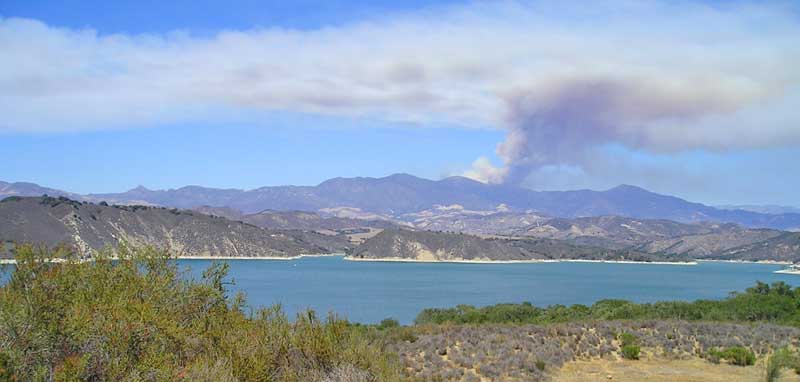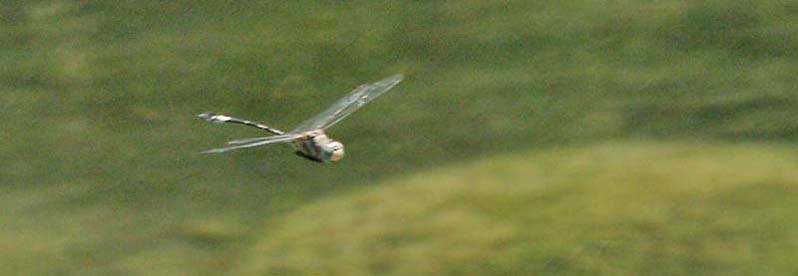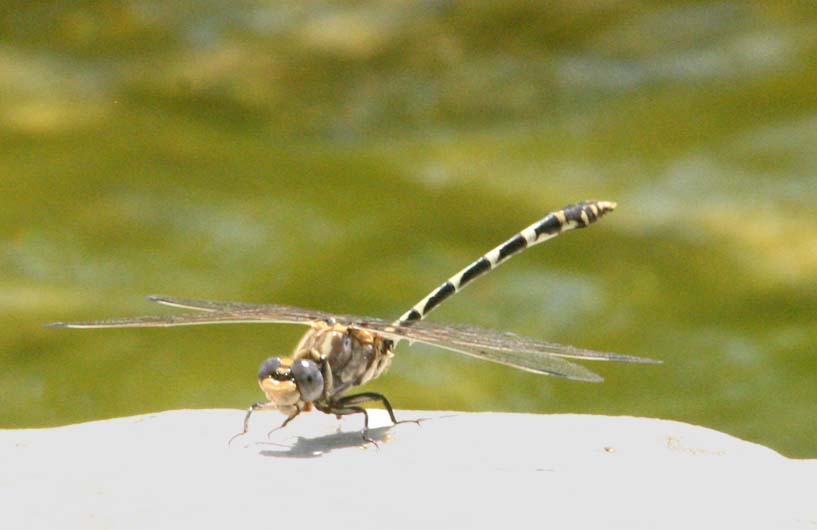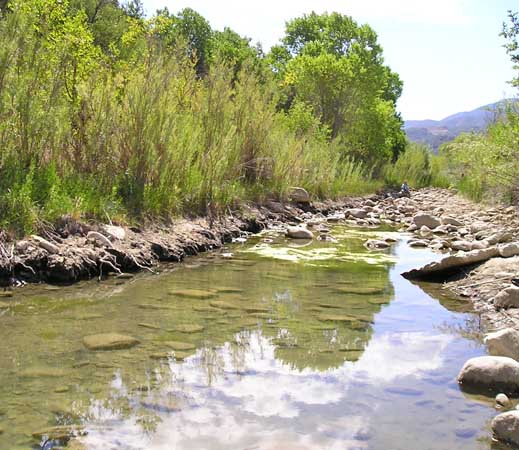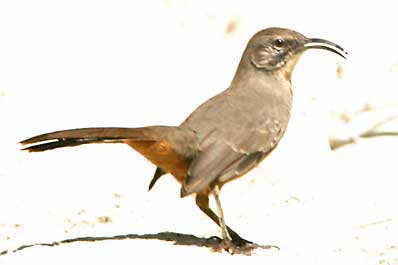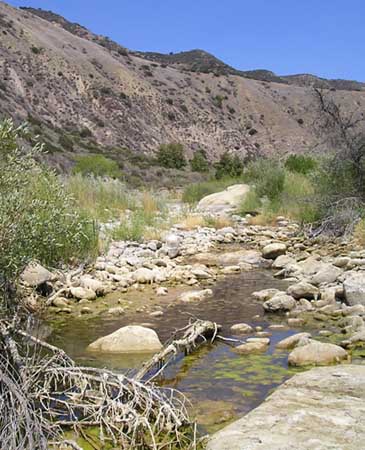| |
I've got two tickets to paradise,
Won't you pack your bags, we'll leave tonight,
I've got two tickets to paradise
Eddie Money, 1997
I've seen desperation explode
into flames
And I dont want to see it again . . .
. . . from all of these signs saying sorry but we're closed
All the way down the telegraph road.
Dire Straits, 1982
We set out for Paradise on Friday night. Paradise
Road, that is. We did not know that there was a 31,000 acre fire in the
Los Padres Nat'l Forest beyond Lake Cachuma (above). We did not know it
had been burning since 4th of July. We did not know the signs would say
"sorry but we're closed."
All the way down Paradise Road.
|
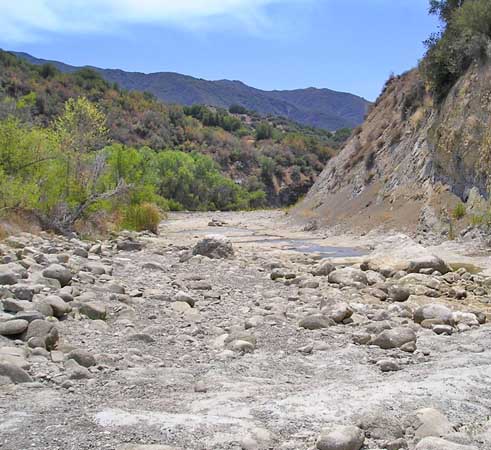 |
|
|
|
We also did not anticipate that the mighty Santa
Ynez River would be almost dry (above), reduced to stagnant ponds
(left) and a few deep water holes full of screaming kids. And yet it
all worked out. Although Paradise Road was closed where the river first
crosses the road – at least for the morning, as it would reopen in the
afternoon – that was the exact spot described by Nick Lethaby on
CalOdes to search for interesting dragonflies. There are day-use area
parking areas on both sides of the river crossing, but there is a $5
fee (which was being collected).
We found that the hot weather and limited water
had forced even skittish birds to venture into the riverbed: California
Thrasher (below left) & Rufous-crowned Sparrow (below right).
|
|
|
|
|
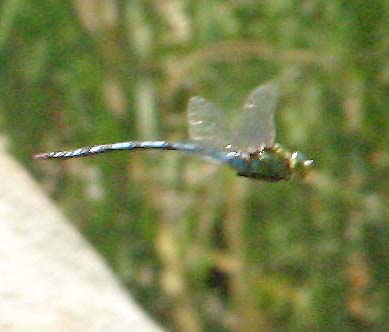
|
A wide variety of odonates were concentrated over
the remaining pools, including patrolling Red Rock Skimmers
(above) by the dozens, many Flame Skimmers, and a surprising number of Giant
Darners (left; at least 5 at close range).
More unexpected was observing at least four
patrolling Pale-faced Clubskimmers, all downstream of
the Paradise Road crossing. According to the maps on Kathy Biggs's web
site, the species is known from SBA only from a sight record. These
photos (below) should upgrade that status.
|
|
|
|
|
|
| |
|
|
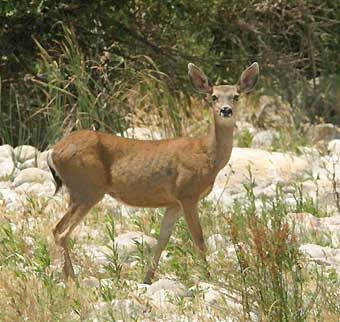 |
Our primary goal, though, was a gomphid that is
restricted in range, at least within California, to the slopes of the
mountains of southern California. We searched long stretches of the
Santa Ynez: two hours working downstream, scaring up deer (left). One
could get distracted by the amazing variation among young and female
Sooty Dancer, some of which were quite blue (below). We spent another
hot hour around the swimming holes north of the road crossing, chasing
down every gomphid perched in the distance (and doing lots of wading)
until each proved to be a Gray Sanddragon (above).
Nice, but not "the one."
|
|
|
|
|
We were enjoying the odes we found
around the first Paradise Road crossing of the Santa Ynez River, but
the 475 mile roundtrip drive for a 'lifer' seemed to be in vain.
Finally, as the summer sun beat us down by mid-afternoon, we opted to
drive past two miles of scorched earth, and venture farther up the
road, to the second stream crossing of the Santa Ynez River. Here the
river was reduced to little puddles. I went cross-country for another
quarter-mile upstream until a little rivulet (below left) was found
below a larger impoundment of water.
|
|
|
At the upper end of that natural
reservoir, for a few seconds until it took off and disappeared for
good, was the gomphid of the trip: Serpent Ringtail
(below). The hike over the rock-strewn dry canyon proved too difficult
for Rita. Only this shot and my brief but pleasant memory remained . .
.
. . . all the way down Paradise
Road. 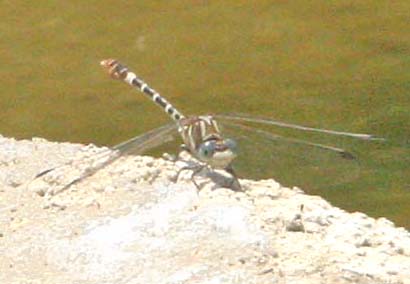
|
|
|
|
